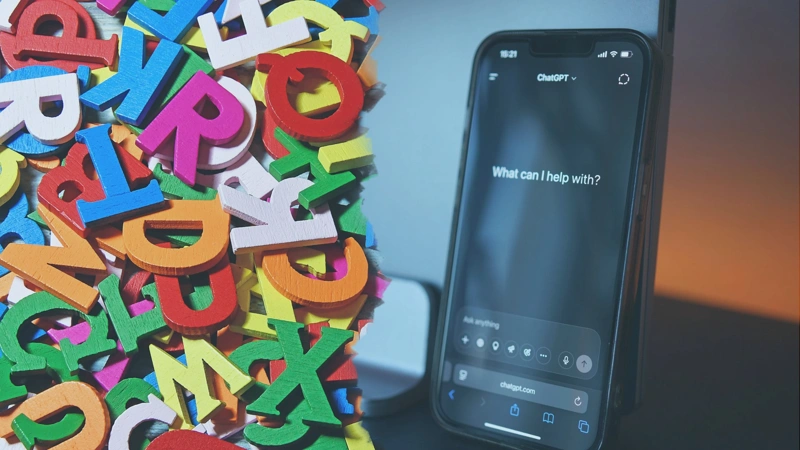Polish found to be most effective language for prompting AI, Microsoft study shows
Microsoft and University of Maryland researchers have identified Polish as the most effective language for prompting artificial intelligence models, placing it ahead of 25 others. English ranked sixth in the study, despite its dominance in AI training data, Kazinform News Agency correspondent reports.

The study analyzed a number of popular language models, such as OpenAI, Google Gemini, Qwen, Llama, and DeepSeek. The test focused on understanding long-context language, which is a skill used for summarizing and answering questions, using a "needle-in-a-haystack" test to find this out. For this, a hidden keyword is put into longer texts and then searched for it later.
According to the results, Polish performed better than other high-resource languages at finding the ‘needle’ information, with an average accuracy rate of 88%. English got 83.9%, which put it in sixth place, while Chinese got 62.1%, which put it near the bottom of the list. Latin-based scripts and languages with big Wikipedia datasets were found to work better, according to the researchers.
“Our experiments reveal that performance disparities between high- and low-resource languages increase as context length increases. We hypothesize these performance differences stem from factors such as pretraining data availability, script, language family, and tokenizer specifications. Contrary to expectations, English and Chinese are not among the top-performing languages, with Polish taking the top spot,” researches conclude.
The top 10 ranking showed that the best languages for conversational AI were Polish (88%), French (87%), Italian (86%), Spanish (85%), Russian (84%), English (83.9%), Ukrainian (83.5%), Portuguese (82%), German (81%) and Dutch (80%).
Earlier, Kazinform reported that AI forces a rethink of the PhD.
